All products featured are independently chosen by us. However, SoundGuys may receive a commission on orders placed through its retail links. See our ethics statement.
Google Pixel Buds vs Amazon Echo Buds (2nd Gen)
Published onAugust 18, 2021
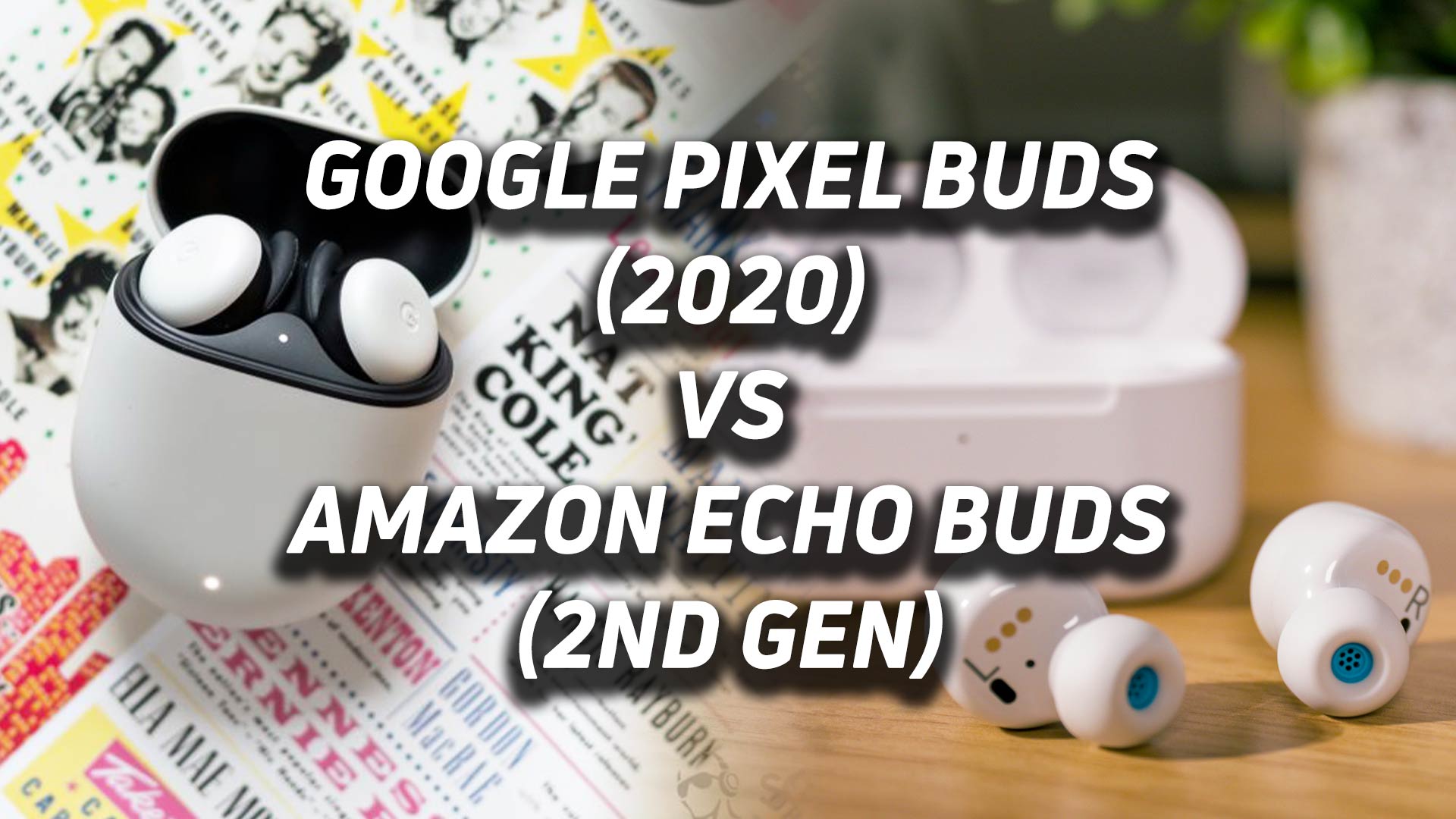
Amazon released the Amazon Echo Buds (2nd Gen) and while no one will fault you for being skeptical, these buds are actually pretty good. They’re certainly an improvement over the original (discontinued) Echo Buds. Now that these are in the big leagues with other true wireless earbuds like the Google Pixel Buds, deciding which earbuds to buy becomes an even harder decision. The biggest selling point of the Echo Buds (2nd Gen) is the comprehensive Alexa integration, but how does that compare to the Google Assistant integration of the Google Pixel Buds?
Editor’s note: this versus article was updated on August 18, 2021, to include the Google Pixel Buds A-Series as an alternative.
Google Pixel Buds vs Amazon Echo Buds (2nd Gen): Fit and hardware
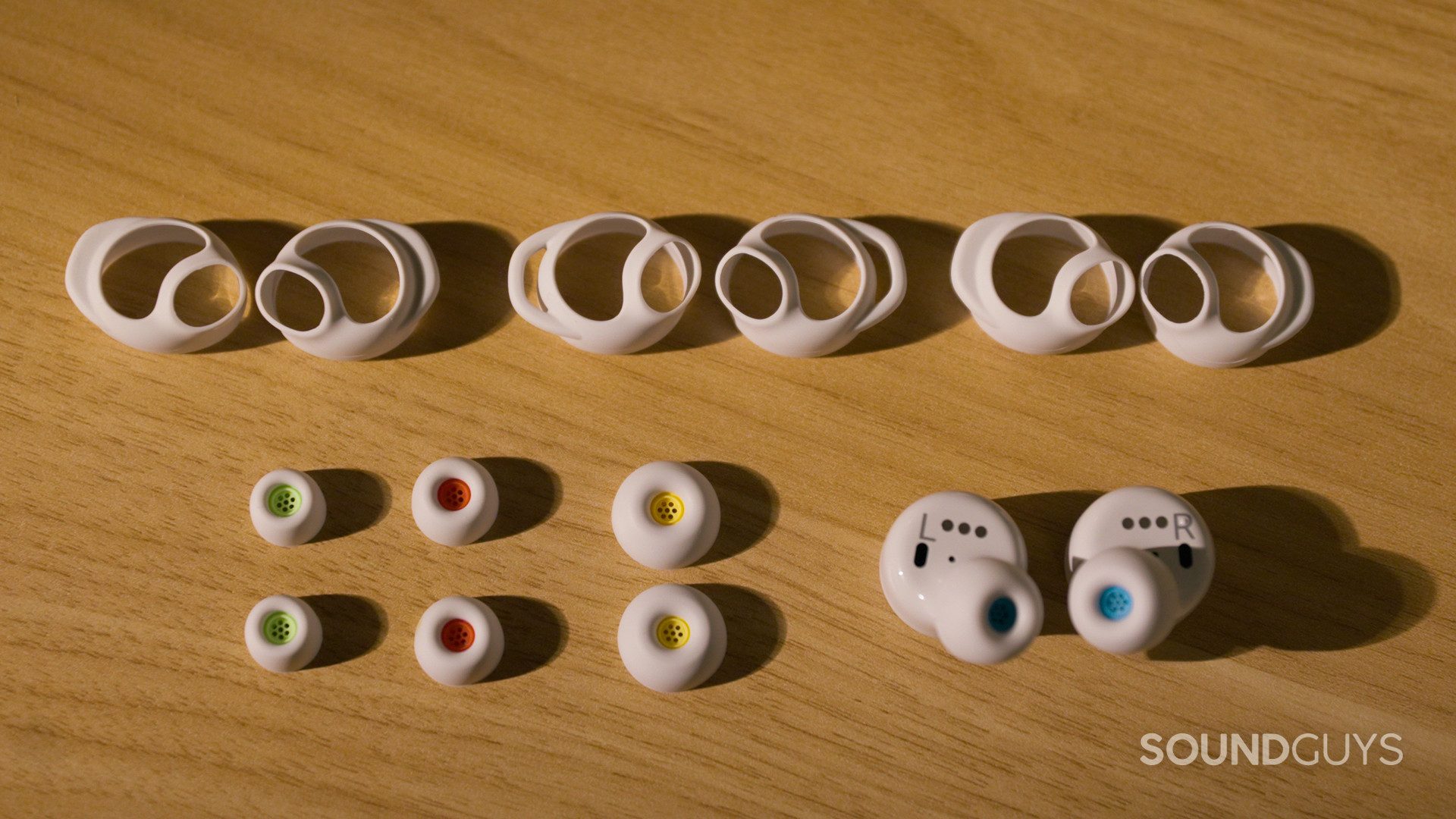
Both the Google Pixel Buds and Amazon Echo Buds (2nd Gen) have an IPX4 rating, which means they are sweat resistant. When it comes to workout companions, however, the Echo Buds has your back more thanks to its ear tips and rubber ear stays. These accessories will help you achieve a secure fit that will that optimizes sound quality. Each earphone has a touchpad that where you can command the usual functions like playback and call controls.
The Google Pixel Buds are extremely lightweight, so it’s a good thing they have stabilizing structures, or else they might fly out of your ears. Unfortunately, these wing tips don’t fit perfectly in everyone’s ears, especially larger ones. They come with three sets of silicone ear tips, though, so you should be able to find a pair that fit snugly in your ears. You’ll control the buds via touch-sensitive pads on the earbuds, and they register taps effectively without being too sensitive.
How’s the Bluetooth connection on each pair of earbuds?
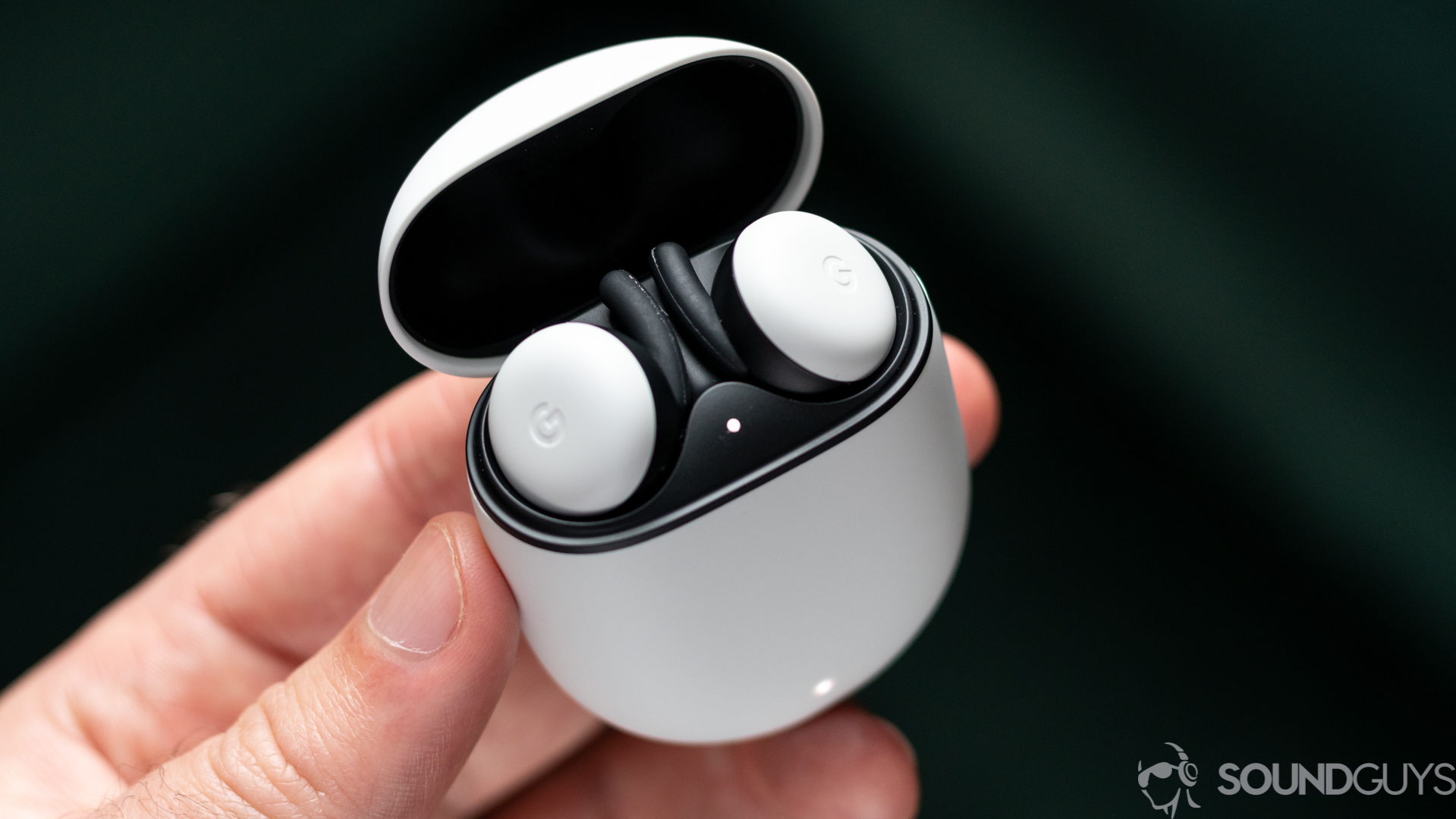
The Google Pixel Buds use Bluetooth 5.0 and support the SBC and AAC codecs. Android users will enjoy the immediate pairing process of the Google Pixel Buds, but you need to have Android 6.0 or later for it to work, and the latest versions of the Google app and Google Play services. Once you meet these criteria, all you have to do is open the case and click the pop-up card on your smartphone’s screen. If you have an iPhone, you’ll pair the Google Pixel Buds via the button on the back of their case. Be warned: using the Google Pixel Buds with an iPhone means you miss out on some of the best features (like any smart assistant access).
The Amazon Echo Buds work via the Alexa app, which you can download on any smartphone and offers all the Alexa skills you could ask for. What’s more, connecting the Echo Buds is easy-peasy when done through the Alexa app. You can also pair them via the button on the back of the case if you’re not keen on downloading the app. Just keep in mind that a large portion of what the Echo Buds have to offer is their Alexa integration. If you don’t like smart assistants, you should probably check out a different pair of earbuds. These buds also use Bluetooth 5.0 and support SBC and AAC.
What’s better, Google Assistant or Alexa integration?
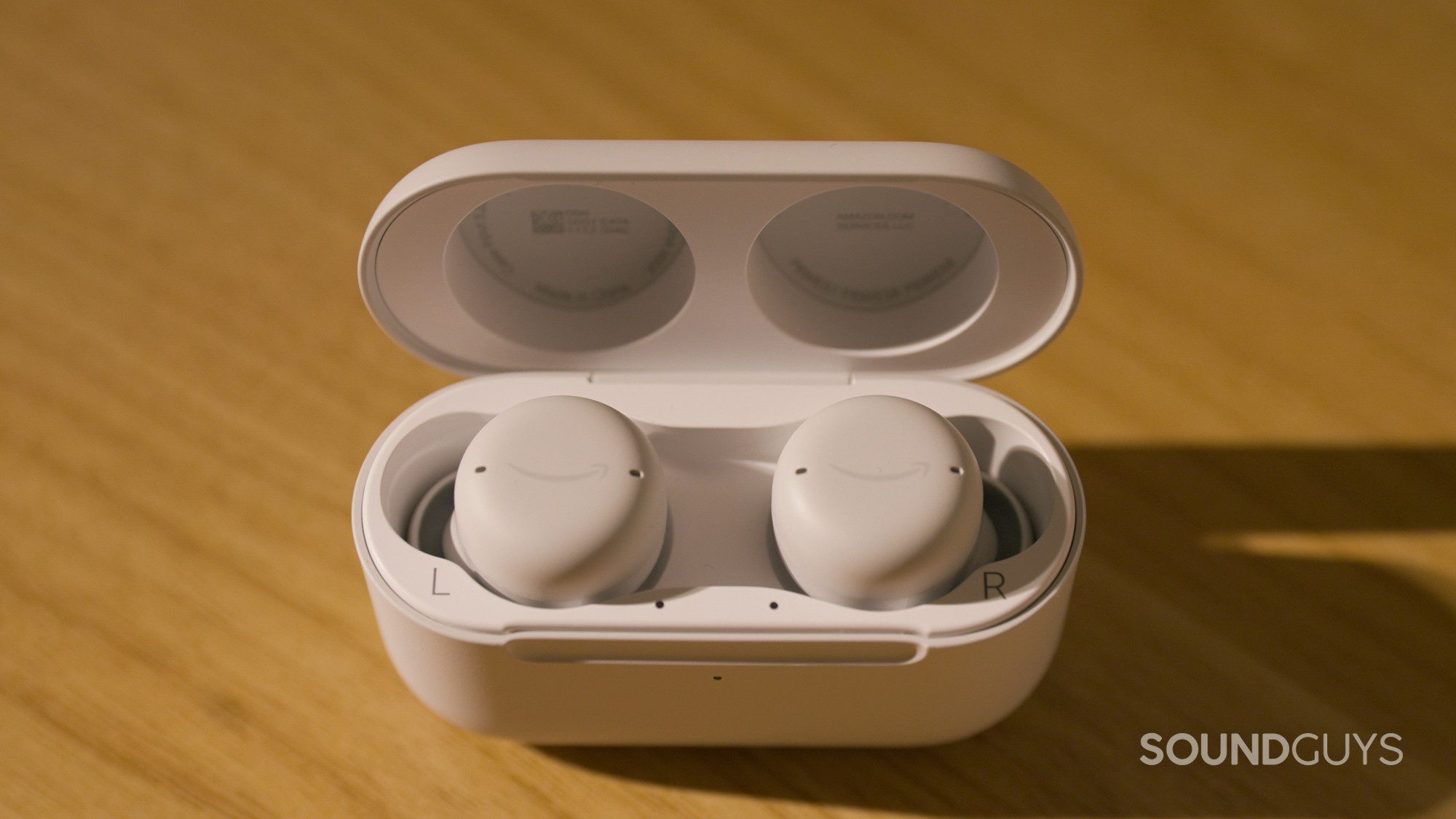
Google and Amazon keep getting smarter and smarter, and both the Pixel Buds and Echo Buds have incredible software features.
The Amazon Echo Buds (2nd Gen) support many Alexa functionalities, like smart home device control, voice-controlled shopping, and call functionality. In addition to the Alexa skills afforded by these earphones, the app also has an equalizer, a device locator, an ear tip fit test, and workout data tracking. The app also lets you customize the buds’ active noise canceling settings, which wake words you want to use to active Alexa, and the tap controls on the buds. Your earbuds will truly become your assistant with the Echo Buds (Gen 2).
As long as you have a Google Assistant-enabled Android device, the Pixel Buds will use Google Assistant to perform functions like sending messages, getting directions, translating foreign languages, and checking your earbuds’ battery percentage. If you have Google smart home products, you can control them via your earbuds too since they just operate through your phone’s assistant.
Beyond the Google Assistant functionality, the Pixel Buds offers features like Adaptive Sound, which automatically adjusts the volume based on the level of surrounding environmental noise. They also have great accessibility features like auto-pause, Attention Alerts which lower the buds’ volume when they detect an urgent sound like a siren, and independent volume control for each earbud. One of the Pixel Buds’ most headline-catching features is its real-time language translation, though it isn’t perfect.
Do the Google Pixel Buds or Echo Buds (2nd Gen) have better battery life
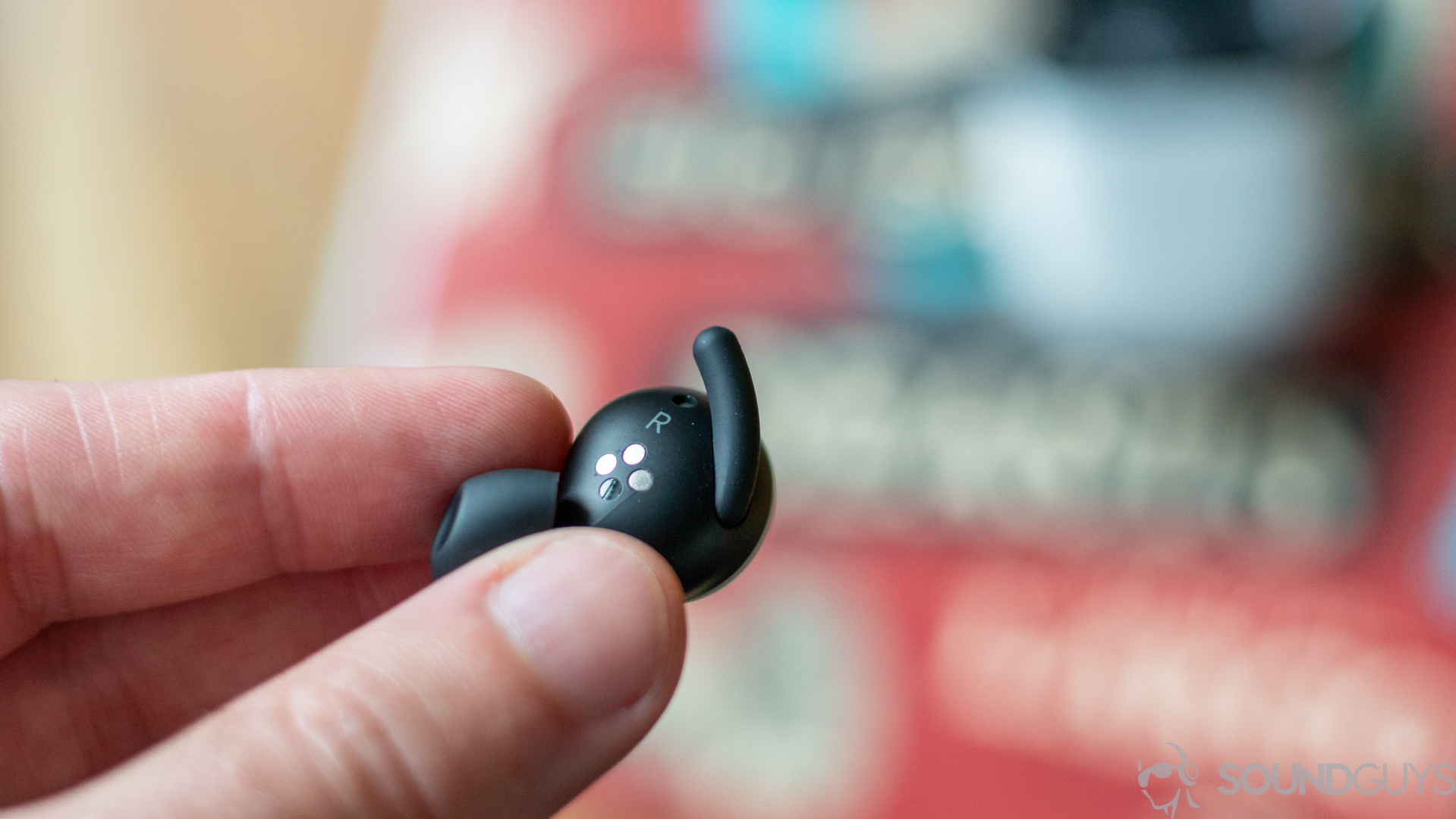
When fully charged, the Google Pixel Buds lasts a little over 6 hours on a single charge, which is more than Google’s estimate. The charging case also gives you an additional 24 hours of charge time, and quick charging—10 minutes in the case affords 2 hours of listening. A small LED light on the outside of the case indicates the battery percentage of the case itself, and another LED light on the inside of the case indicates the earbuds’ remaining battery.
The Amazon Echo Buds (2nd Gen) has a slightly shorter battery life, clocking in at 4 hours, 42 minutes, but remember: this is recorded with active noise canceling enabled, something the Pixel Buds lack. The case holds additional 10 hours of battery life, and a 15-minute charge provides 120 minutes of playback. An indicator light will tell you roughly how much battery life you have left.
| Color | Battery level |
|---|---|
Green | Greater than 40% |
Yellow | Less than 40% |
Red | Low battery |
Which earbuds have better isolation?
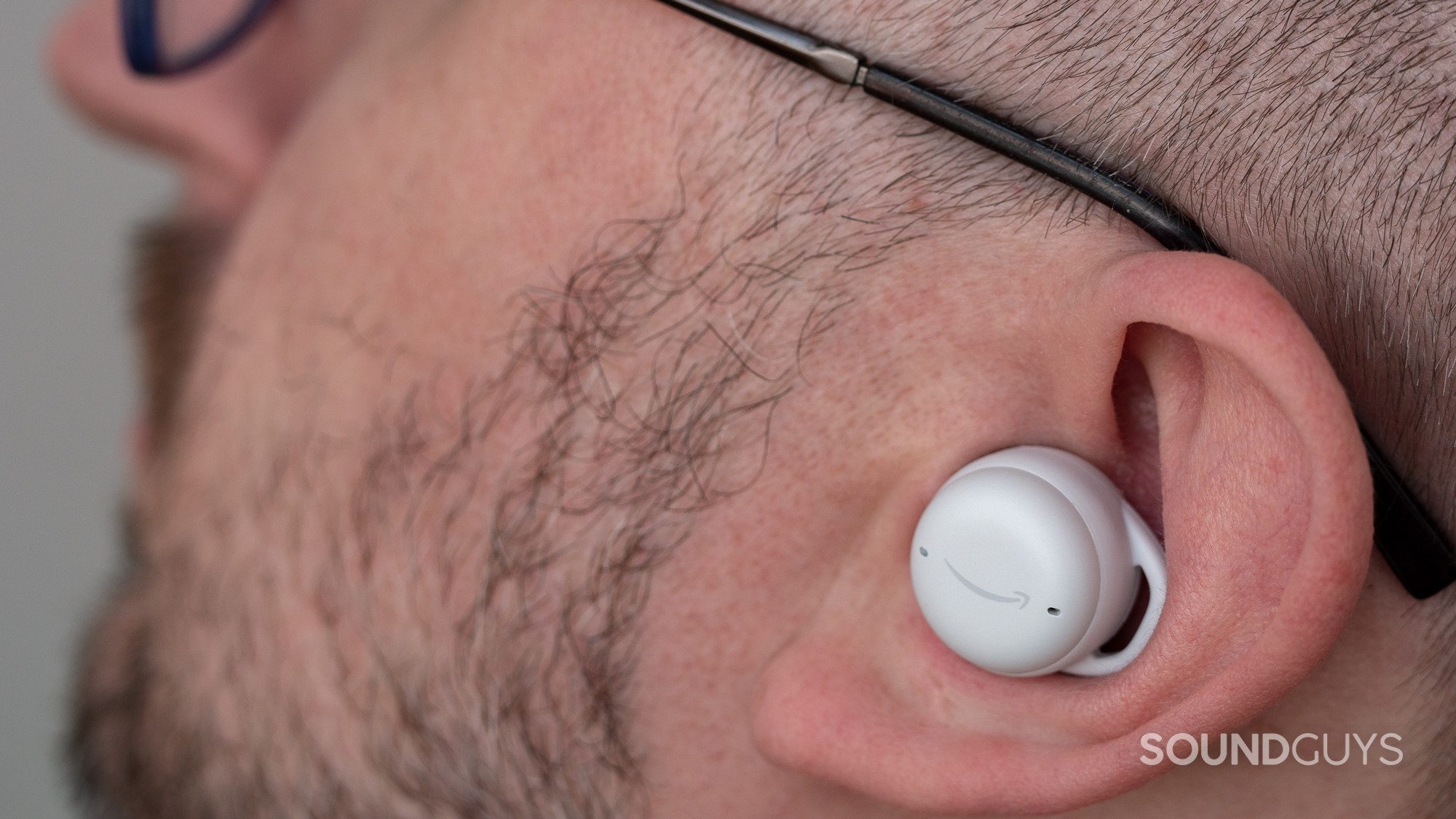
One major difference between the Amazon Echo Buds (2nd Gen) and the Google Pixel Buds is that Amazon’s buds feature pretty good active noise cancellation and while Google’s rely solely on passive isolation. In fact, the Pixel Buds’ isolation isn’t even very good, and you’ll hear a lot of background noise during a commute or run. This can end up being a good thing when you’re exercising, because it’s important to remain aware of your surroundings lest you injure yourself.
The ANC on the Echo Buds is pretty great considering the low price of the earphones. The ANC takes care of low, droning sounds and the passive isolation keeps out higher frequency noises too. Where active noise canceling does a poor job of dulling sudden, unexpected sounds like people talking nearby, the isolation from a sealed ear canal is a physical constant and doesn’t rely on fast-acting software.
Google Pixel Buds vs Amazon Echo Buds (2nd Gen): Sound quality
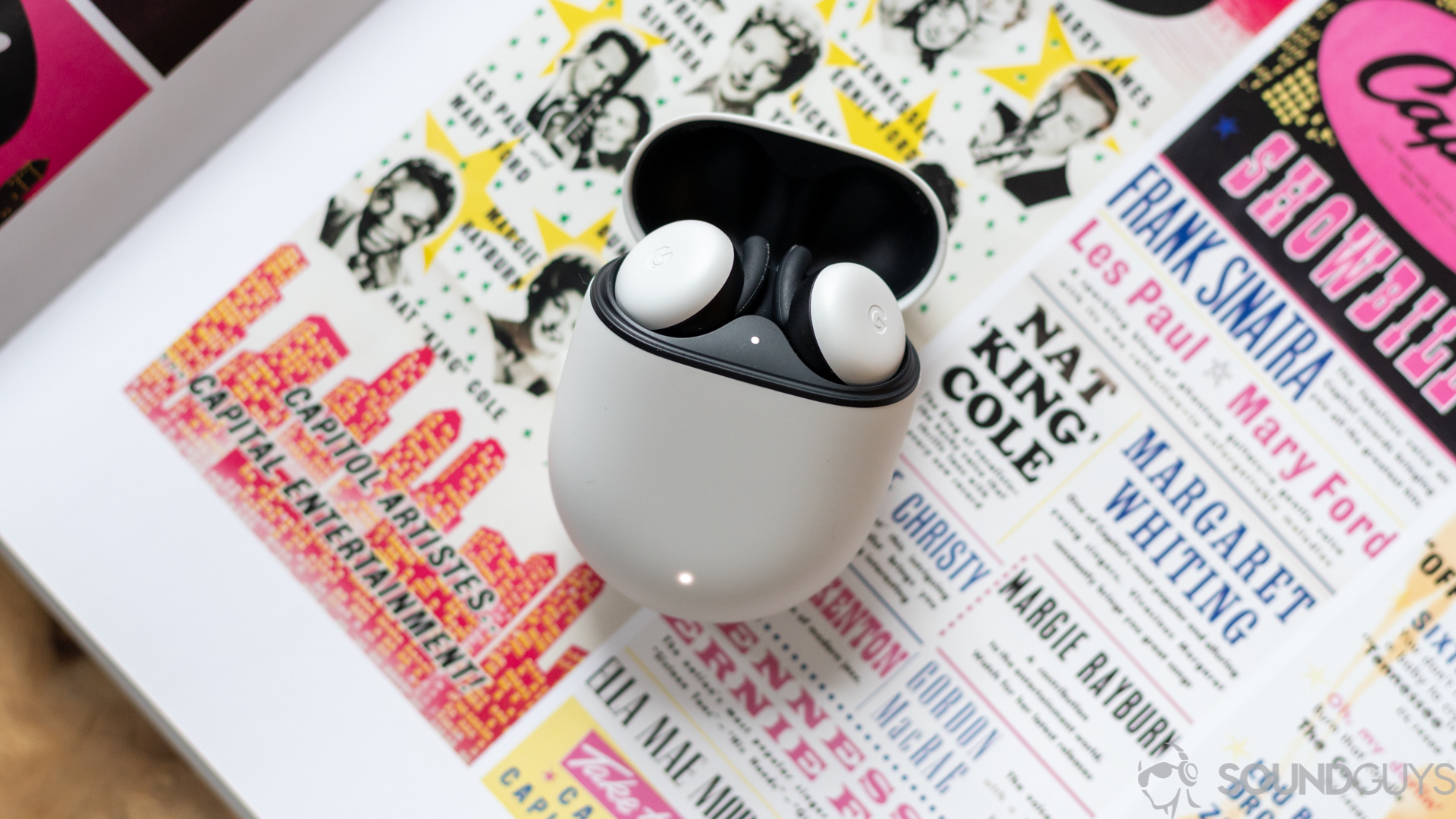
Sound quality depends quite heavily on how well the earbuds isolate (point for Amazon with its ear tip fit test), but if we ignore that and just look at the frequency response of the Google Pixel Buds, it’s impressive. It relays sound fairly accurately with some consumer-friendly boosts in the low and high frequencies. The earbuds de-emphasize sub-bass notes, though, so if you’re a big fan of artists like Billie Eilish, enable the Bass Boost feature on the Pixel Buds in your Android’s settings. This setting will be stored in the earbuds themselves, and will thus be applied across source devices.
The Echo Buds (2nd Gen) offers a boost in the bass frequencies which will make pop and hip hop fans happy. It’s nothing crazy but coupled with the high-frequency boost, it makes for a nice sound profile. Vocal clarity isn’t as great as it could be, but if you have issues with the sound of the buds, you can equalize it in the Alexa app to your liking.
Which earbuds are better for phone calls?
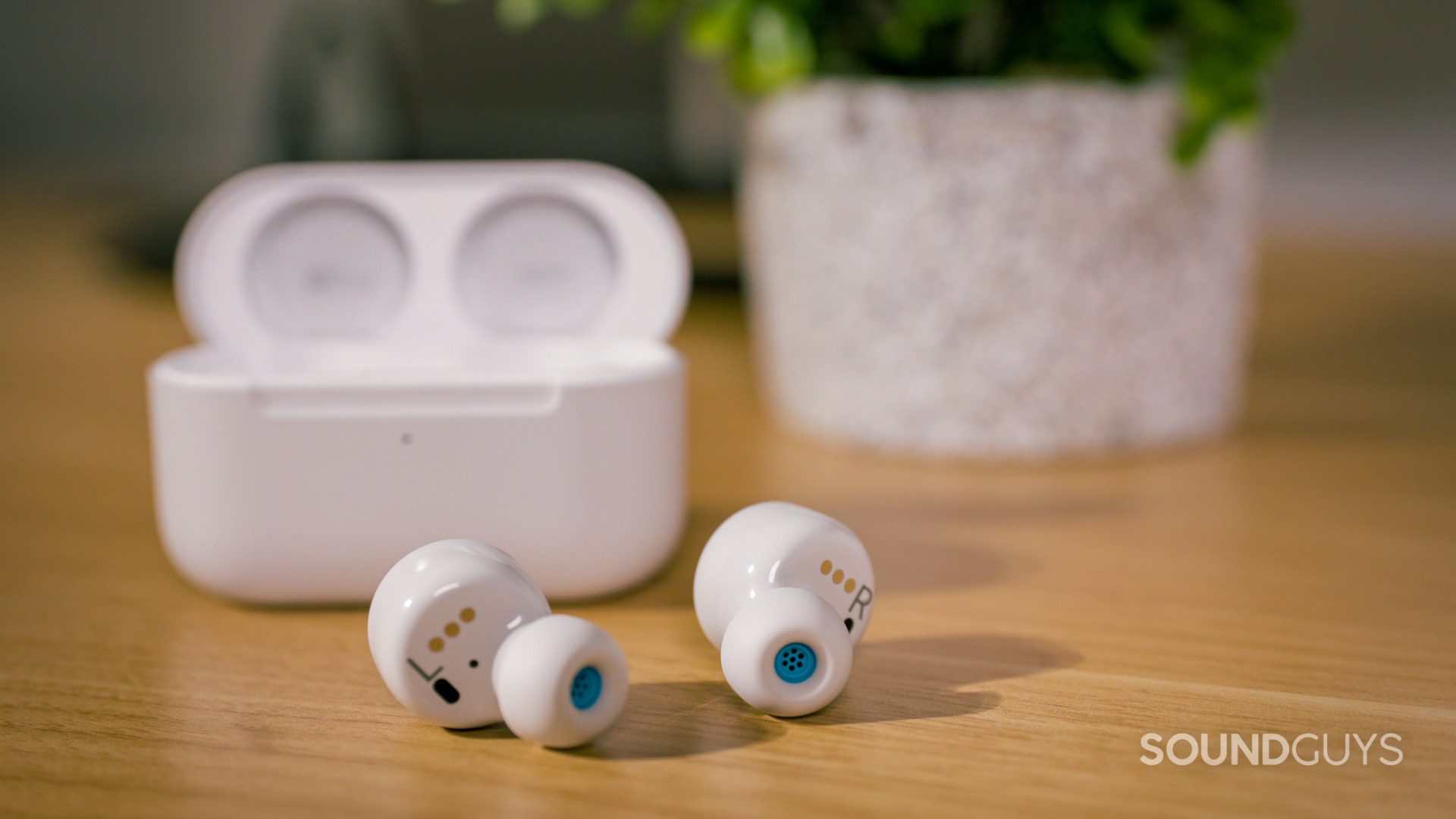
The microphone on the Pixel Buds is surprisingly good, considering it’s embedded in the buds’ tiny chassis. They don’t have any issues with emphasizing certain vocal frequencies over others, so almost anyone should be able to get their voice across when on the phone.
The Echo Buds’ microphone is similarly fine—it won’t make your voice sound studio-worthy, but you shouldn’t have any major issues with it.
Google Pixel Buds (2020) microphone demo:
Amazon Echo Buds (2nd Gen) microphone demo:
Which microphone sounds better to you?
Should you buy the Amazon Echo Buds (2nd Gen) or Google Pixel Buds (2020)?
The Google Pixel Buds and Amazon Echo Buds (2nd Gen) both come with an impressive set of bells and whistles. They both have comprehensive smart assistant integration and similar technical specs. Neither pair of earbuds will offer audiophile sound quality, but you didn’t whittle down your options to these two earbuds for that.
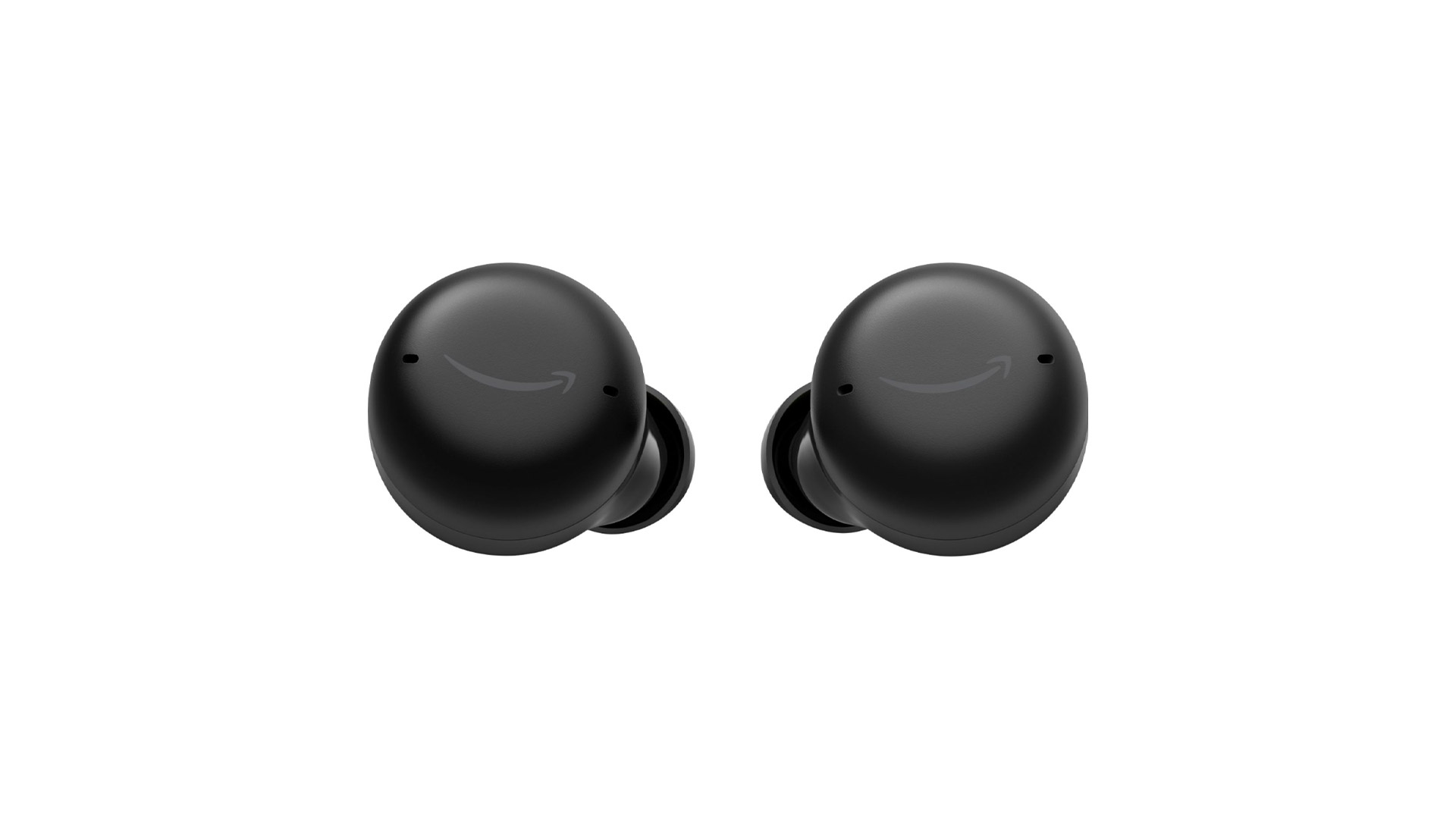
If you don’t want to miss out on active noise canceling, or even decent isolation, we’d recommend the Amazon Echo Buds (2nd Gen). The Google Pixel Buds is great in lots of ways, but it won’t shut out the sound of a city bus very well at all. Amazon’s true wireless earbuds are also equally compatible with Android phones and iPhones since Amazon is not a smartphone competitor. iPhone users will miss out on a lot of the best features of the Google Pixel Buds, so if you’re invested in Apple, definitely get the Echo Buds (Gen 2). It’s also cheaper than the Pixel Buds, despite being brand new.
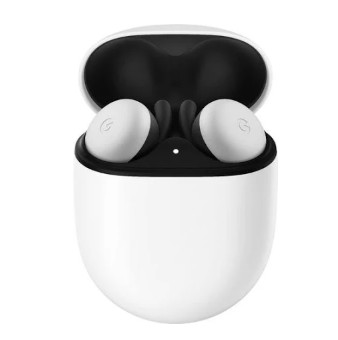
That doesn’t mean we’re calling the Google Pixel Buds bad. It’s a great pair of truly wireless earbuds with impressive features like real-time language translation and Adaptive Sound. If you have a Google Pixel phone or any Android phone with Google Assistant, it will be an excellent companion.
Read next: Samsung Galaxy Buds Pro vs Amazon Echo Buds (2nd Gen)
What about the Google Pixel Buds A-Series?
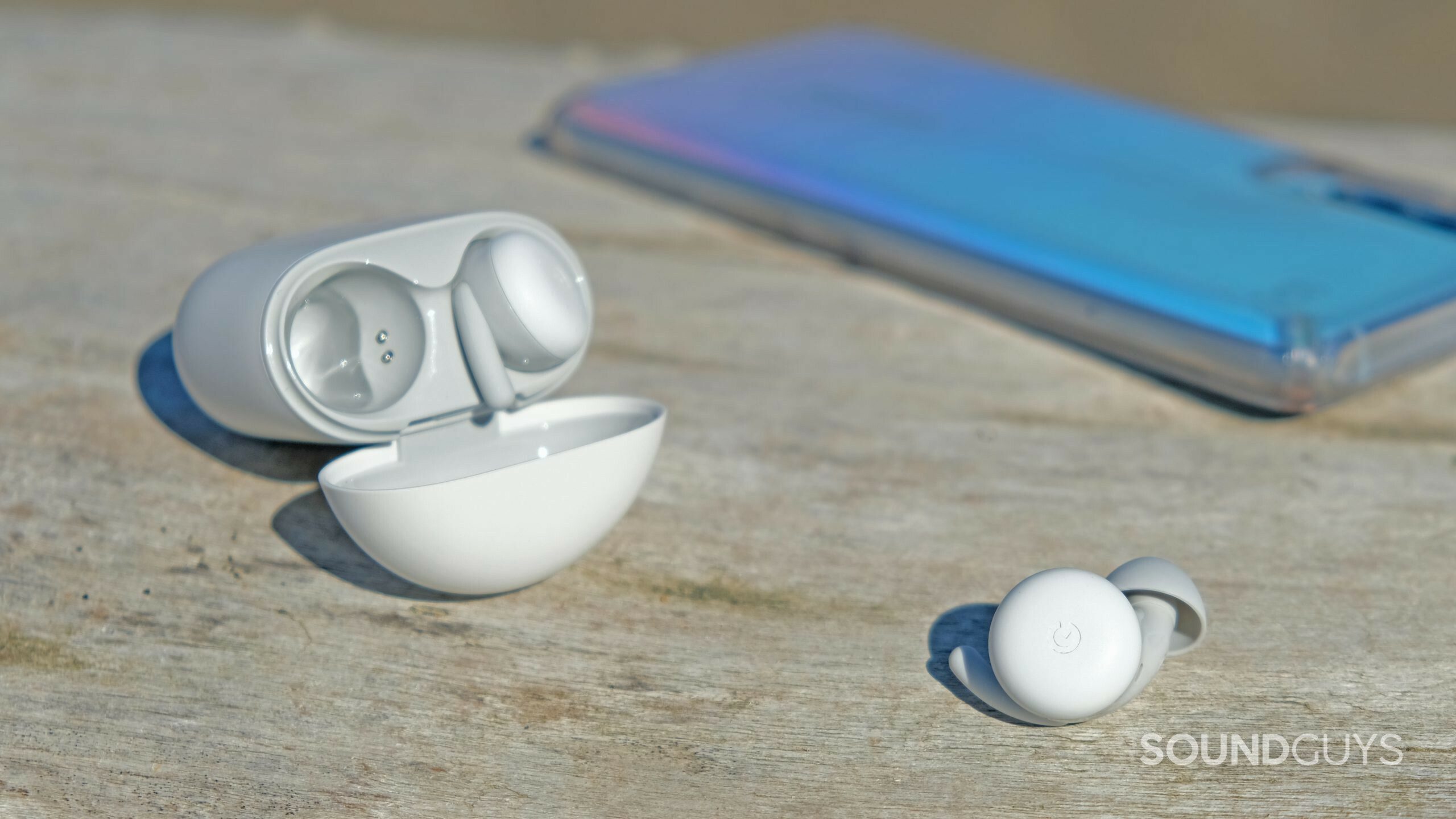
In June of 2021, Google released the Pixel Buds A-Series. These earbuds include almost all the features of the original Pixel Buds, but for a much more affordable starting price of $99 USD. Absences include wireless charging, swipe controls, wind reduction, and attention alerts. You also might need to do a bit of digging in developer settings to remedy a volume issue many users experience with the Pixel Buds A-Series. Outside of that, the Pixel Buds A-Series sounds and performs the same as its older sibling, making for a better value buy for those on a budget.